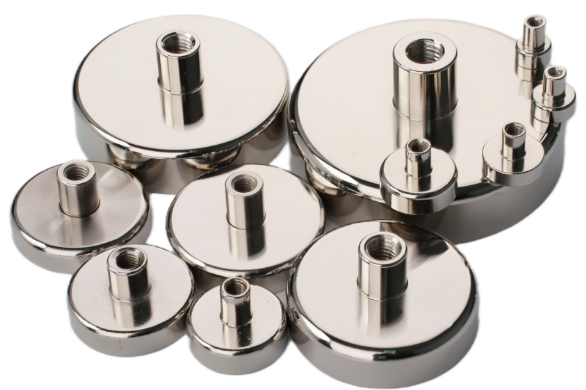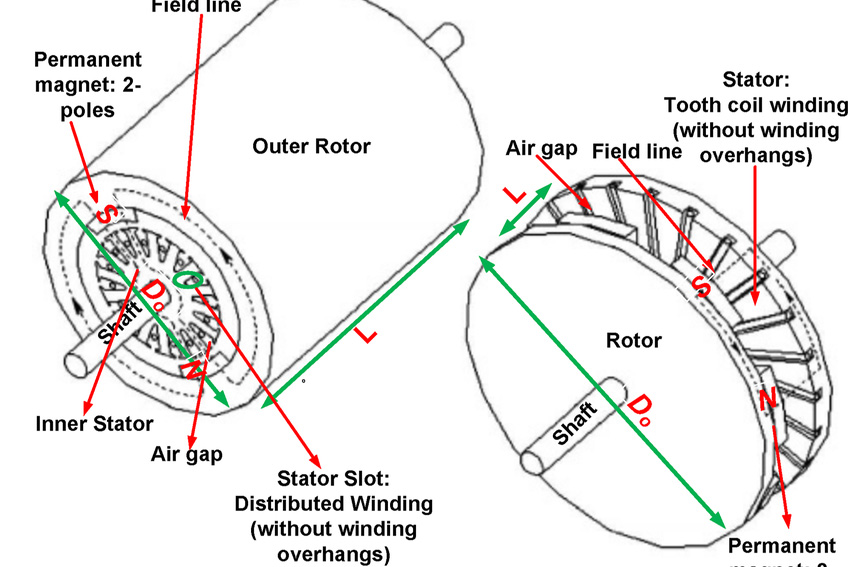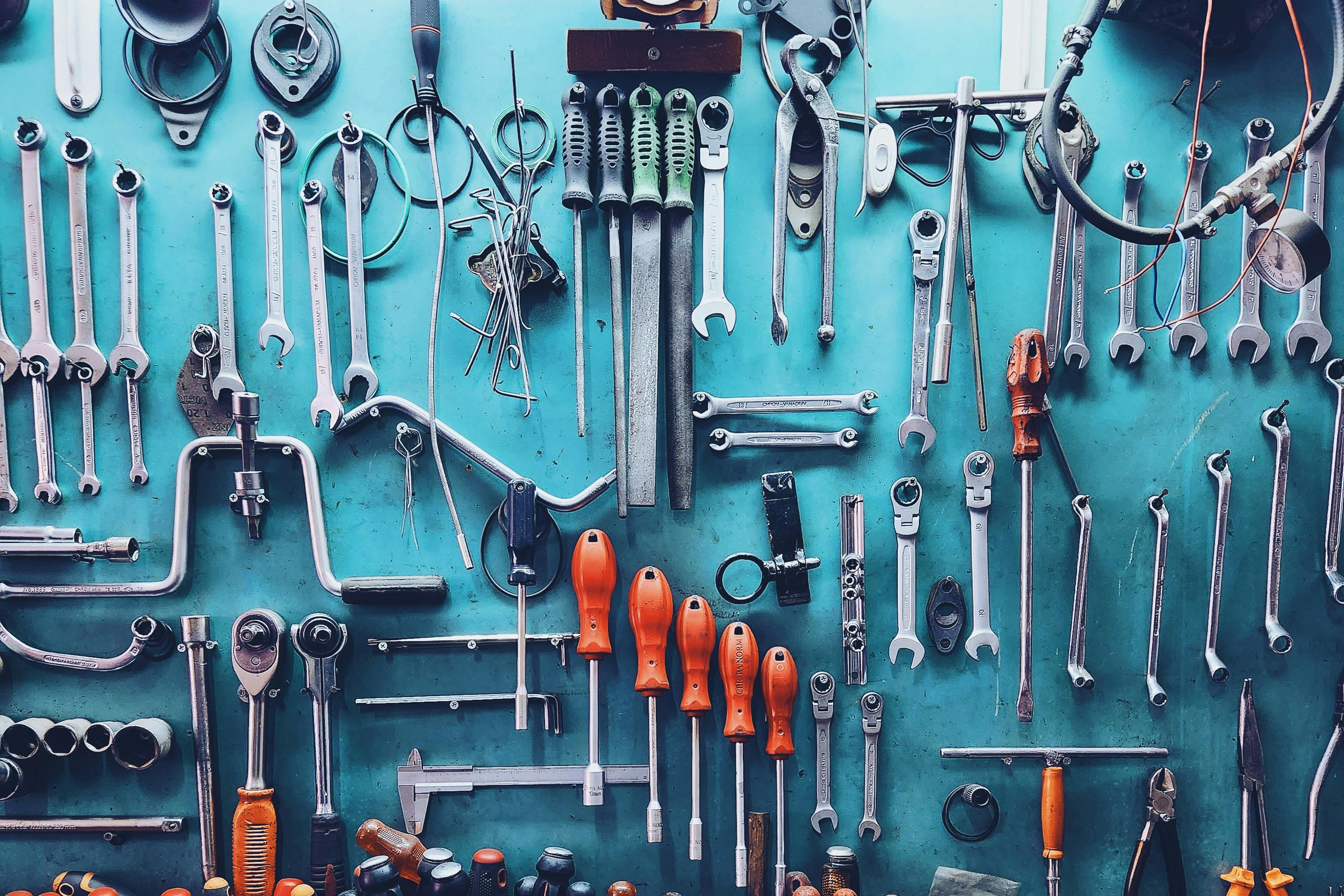The Demand for Neodymium Magnets Has Significantly Increased
Neodymium magnet, also known as NdFeB magnet, is a tetragonal crystal composed of neodymium, iron, and boron (Nd2Fe14B). It is one of the most powerful permanent magnets that can be found on the market today. Nowadays, with the rapid development of emerging industries represented by new energy vehicles and wind power generation, the demand for neodymium magnets has significantly increased.
 The Demand for Neodymium Magnets Has Significantly Increased
The Demand for Neodymium Magnets Has Significantly Increased
According to the different manufacturing processes, NdFeB permanent magnets can be divided into three types: the sintered NdFeB magnets, the bonded NdFeB magnets, and the hot-pressed NdFeB magnets, which have their characteristics in performance and application.
From the perspective of application areas, low-end NdFeB magnets are mainly used in magnetic separators, electric bicycles, luggage buckles, door buckles, toys, and other fields, while high-performance NdFeB magnets are mainly used in energy-saving motors, automobile motors, wind turbines, advanced audio-visual equipment, elevator motors, voice coil motors, etc.
China Has Become the World's Largest NdFeB Magnets Producer
China is the largest producer of rare earths. In 2019, the total output of rare earth mineral products was 132,000 tons, accounting for 62.9% of the world's total output, followed by the United States and Australia, which accounted for 12.4% and 10% respectively.
Thanks to rare earth reserves, China has become the world's largest production and export base of rare earth permanent magnets. In 2018, China produced 138,000 tons of NdFeB magnets, accounting for 87% of the world's total output, nearly 10 times that of Japan, the world's second-largest producer.
Since 2000, China has become the world's largest producer of rare earth NdFeB permanent magnets. During the 10 years from 2010 to 2019, China's NdFeB permanent magnet output increased by 118%, with an average annual compound growth rate of 9.06%. China's NdFeB production capacity is mainly concentrated in Zhejiang, Shanxi, Shandong, Inner Mongolia, and other places. Among them, Zhejiang has the advantage of industrial concentration, numerous enterprises, and comprehensive development of the industrial chain, with an annual production capacity of 115,600 tons, accounting for 38.7% of China's total production capacity.
China's NdFeB Production Is Expected to Continue to Rise
From the previous analysis, we can see that the motor industry, wind power generation, and new energy vehicles are the main consumers of NdFeB magnets in the world. The industry growth rate of the above industries in the next 5 years will exceed 10%, which will bring about an increase in the demand for neodymium magnets.
Conclusion
Thank you for reading our article and we hope it can help you to have a better understanding of neodymium magnets. If you want to learn more about magnets, we would like to advise you to visit Stanford Magnets for more information.
As a leading magnet supplier across the world, Stanford Magnets has been involved in R&D, manufacturing, and sales of magnets since the 1990s. It provides customers with high-quality permanent magnets like SmCo magnets, neodymium magnets, AlNiCo magnets, and ferrite magnets (ceramic magnets) at a very competitive price.















